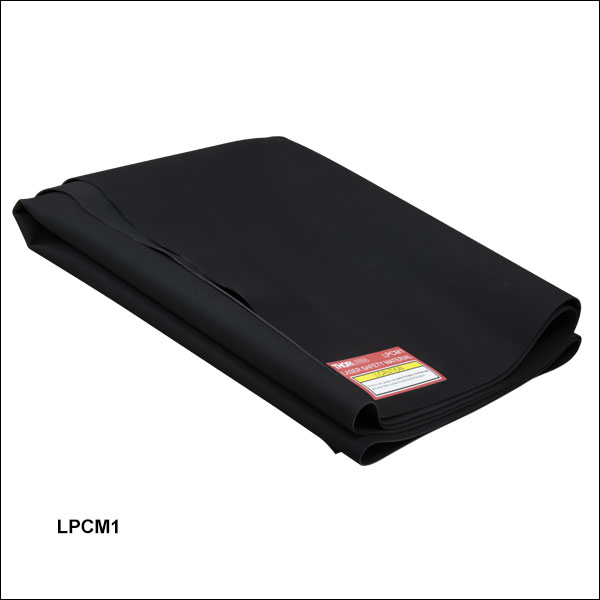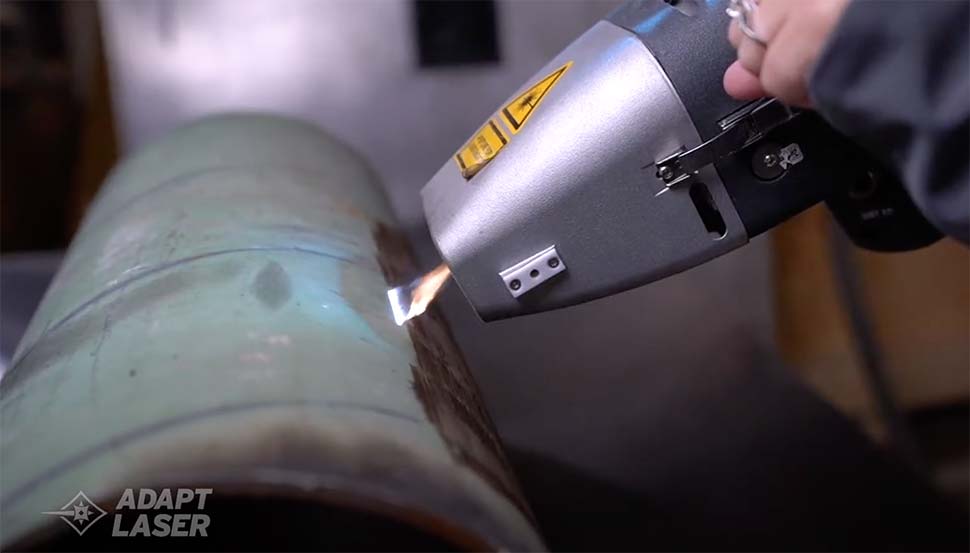Great Ideas On Choosing A Safe Laser Therapy
Great Ideas On Choosing A Safe Laser Therapy
Blog Article
What Is The Safe Low-Level Laser Treatment (Lllt) For Ulcerative Wunds?
Safe Laser low-level laser therapy (LLLT), which is a low-level light, can treat skin ulcers through several mechanisms. It stimulates fibroblasts, collagen synthesizing and the creation of blood vessels that are new and blood vessels, which are essential to wound healing. This is a way to promote the faster healing of wounds caused by ulcers.
Reduced Inflammation - LLLT reduces inflammation through blocking pro-inflammatory cytokines and also by promoting anti-inflammatory mediators. LLLT can reduce inflammation in lesions that cause ulcers, where inflammation may delay healing or cause tissue damage.
Pain Relief- LLLT modulates pain perception by altering nerve conduction and reducing the release of substances that cause pain, such as substance P. In the case of ulcerative wounds which can be associated with extreme discomfort and pain, LLLT can help alleviate pain and improve the overall patient experience.
Improved blood circulation LLLT stimulates microcirculation as well as vasodilation. This results in the increase of blood flow towards the wound. Increased blood flow supplies oxygen and nutrients that aids in healing. It also assists in the removal waste products and harmful substances from the wound.
Antimicrobial Effects- LLLT has been found to possess antimicrobial properties which may help decrease the risk of infection in ulcerative wounds. LLLT is able to reduce wound infections by stopping further colonization and promoting bacterial elimination.
Reduction of Scar Formation- LLLT could help in reducing the formation of scars in wounds that have ulcers by encouraging tissue repair and the remodeling. LLLT boosts collagen production and helps align collagen bundles in order to create an even, better-organized scar. This can lead to improved cosmetic outcomes.
It is safe Laser low-level laser therapy can be a safe method of treatment that is not invasive. It can be used to treat wounds that are ulcerative. It promotes faster healing, less pain and better overall wound outcomes. Before applying LLLT to treat skin ulcers it is recommended to consult a medical professional about the best way to take care of the wounds you have suffered and what treatment options are available. Take a look at the top safe laser for site info including gyógyító lézer, lágylézer vásárlás, laser hu, lágylézer hatása, lezeres kezeles, safe laser használata, lágylézer ár, lézeres fájdalomcsillapítás, lágylézer kezelés, laser hu and more.
How Can Low-Level, Secure Laser Therapy (Lllt), Aid In Treating Ear Infections?
LLLT helps reduce inflammation and discomfort in the middle ear, the ear canal or eardrum. LLLT can be effective in treating otitis externala (inflammation in the ear's outer canal), otitis medie (middle ear infection of the middle ear), and other conditions.
LLLT helps to relieve discomfort in ear problems such as Otitis, earaches and otitis.
LLLT stimulates tissue growth and repair by speeding up tissue healing. LLLT helps promote faster healing for damaged tissues in conditions such otitis, eardrum ruptures, or Otitis.
Improved Blood Circulation- LLLT increases vasodilation and microcirculation which results in increased blood flow to the ear tissue. A better blood flow can provide nutrients and oxygen to injured or inflamed tissues, which aids in healing and lessening inflammation.
Tinnitus Management- LLLT is being researched as a potential treatment option for Tinnitus. Tinnitus is characterized by ringing and buzzing in the ear. The exact mechanism behind it is not yet fully understood, LLLT can help increase blood flow and decrease inflammation of the auditory organ which could result in a decrease in the frequency of tinnitus.
LLLT is effective in the reduction of earwax. It works by breaking down and softening the earwax that has built up and accumulated, it is able to be eliminated more easily and reduce the possibility of developing an infections. This is particularly beneficial for individuals prone to excessive earwax production, or for those suffering from earwax impaction.
Overall, Safe Laser low-level laser therapy provides an uninvasive and drug-free solution to managing various ear problems that can alleviate signs like inflammation, pain, and the buildup of earwax. However, it's important to speak with an ear, nose and throat (ENT) specialist for proper diagnosis and treatment recommendations before using LLLT for ear issues. Check out the recommended safe laser 500 ár for blog examples including mozgásszervi problémák, lagy lezer, lézer bérlés, lágylézer kezelés, laser lézer, lágylézer árak, lágylézer kezelés budapest, laser lézer, orr lézer készülék, lágylézeres készülék and more. 
How Long Before A Safe Laser Device Takes Effect?
The treatment regimen prescribed by a healthcare professional could also impact the frequency and quantity of LLLT sessions needed to achieve optimal outcomes. In addition, the treatment plan that is prescribed by a health professional may influence the number and frequency of LLLT sessions needed to get optimal results.For chronic ailments, like chronic pain syndromes, arthritis, or inflammatory diseases that have been lingering for a long time, LLLT typically requires more extended treatment than acute ailments. People suffering from chronic illnesses might need to go through a series of LLLT sessions over a long period of time to notice significant improvements in their symptoms and overall health.
The frequency and number of LLLT treatment sessions for chronic illnesses can vary from person to person and may depend on factors such as:
The duration and severity of the condition will determine the number LLLT sessions that are required. Patients with more severe symptoms and advanced stages might require more sessions in order to noticeably improve.
Individual Responses to Treatment – Certain people respond to LLLT more quickly than others. Genetics, overall health and the capacity of healing for an individual all contribute to the way a person responds to LLLT.
Treatment plan- The treatment program recommended by a medical professional can greatly impact the frequency and number of LLLT treatments. Healthcare professionals can create treatment plans to meet the specific needs of each patient, such as scheduling LLLT sessions in intervals or multiple times per week.
Maintenance Therapy - For chronic conditions it may be necessary to maintain the advantages of LLLT. This could involve regular LLLT treatments to control symptoms and avoid flare-ups.
LLLT might be able ameliorate the condition of people with chronic illnesses after a couple of sessions. Other individuals may require a longer treatment plan in order for them to experience optimal results. If you want to get the most benefit from LLLT it is essential to adhere to the treatment plan that is recommended by your health professional. It is also important to keep in touch with your physician to track the progression of your treatment and to make any necessary adjustments to it.